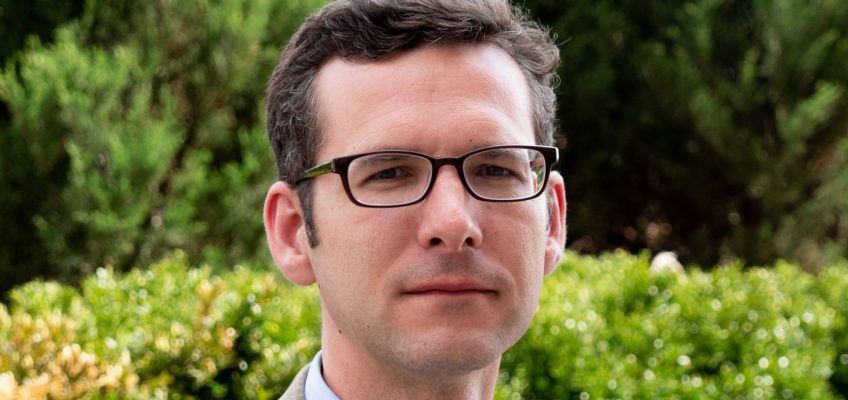By JONATHAN J. COOPER
PHOENIX (AP) — Democratic National Committee Chair Ken Martin said Thursday that party officers should be banned from taking sides in primaries, countering DNC Vice Chair David Hogg’s plan to raise money for candidates challenging Democratic incumbents.
Related Articles
In unintended filing, federal attorneys poke holes in Trump administration’s effort to end NYC toll
Texas lawmakers approve $1B private school voucher plan
Hegseth had an unsecured internet line set up in his office to connect to Signal, AP sources say
A wrong turn onto a bridge at the US-Canada border has a Detroit woman facing deportation
Green energy supporters pushed for faster permitting. Trump is doing it, but not for solar or wind
Martin’s proposal escalates a public feud between the new DNC boss and Hogg, who rose to prominence as a gun-control advocate after surviving the 2018 school shooting in Parkland, Florida. Both were elected by DNC members earlier this year.
Martin said he’s drafting proposed bylaw changes to require officers to remain neutral in all Democratic primaries.
Martin said party neutrality is crucial to maintaining the confidence of voters, pointing to the bitter feud that emerged after supporters of Sen. Bernie Sanders’ 2016 campaign believed he was stymied by party insiders putting their thumb on the scale in favor of Hillary Clinton, who won the nomination but went on to lose the general election to Donald Trump.
“You can’t be both the player and the referee,” Martin wrote in an opinion piece published by Time.
Hogg has said he’ll raise millions of dollars through a political action committee unaffiliated with the DNC to support primary challengers running against longtime incumbents in solidly Democratic congressional districts. He says the party needs a shakeup to bring in leaders who will more aggressively confront Trump and connect with younger voters.
FILE – David Hogg talks to people after speaking at the 60th Anniversary of the March on Washington at the Lincoln Memorial in Washington, Aug. 26, 2023. (AP Photo/Andrew Harnik, File)
Hogg said in a statement posted on social media that he is not breaking any current DNC rules, and his actions don’t interfere with the party’s responsibilities, including setting a presidential nominating calendar, supporting state Democratic parties, building data infrastructure and creating the campaign infrastructure for a future Democratic presidential nominee.
Voters don’t view Democrats as a “real alternative to the Republican Party,” he said.
“That will not change if we keep the status quo,” Hogg said. “We have no other option but to do the hard work of holding ourselves and our own party accountable.”
Also on Thursday, Martin said the DNC would increase its financial support for state Democratic parties by $5,000 to $17,500 per month, with an additional $5,000 monthly for Republican-led states.




